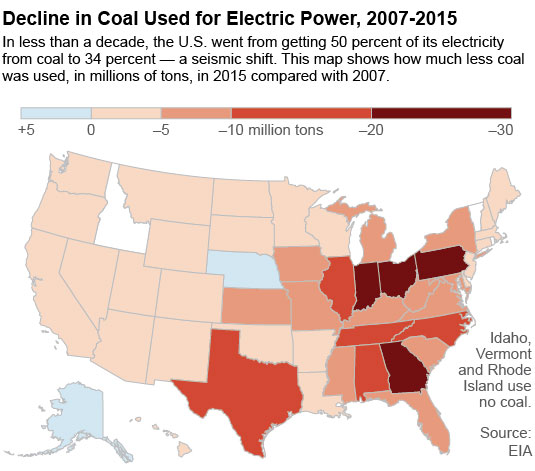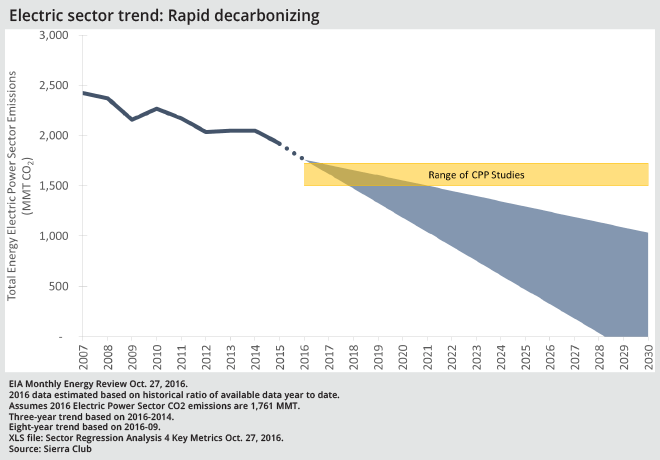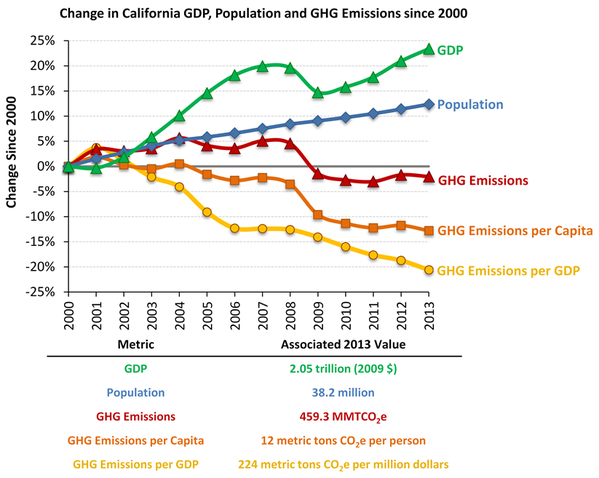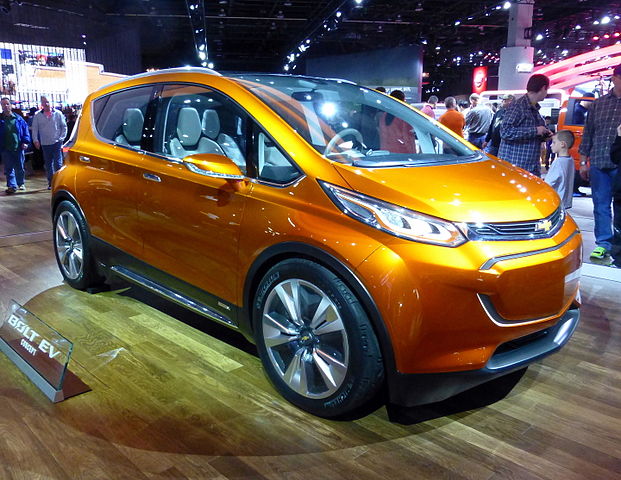Over the years, Energy Foundation grantees have helped to advance smart energy policies that save consumers money, create jobs, increase energy efficiency, protect our health through cleaner air and water, and curb climate change. While we face challenges in the coming years, major achievements this year in states, cities, and the consumer economy underscore that the transition to clean energy is accelerating and here to stay. Here are 10 that stand out:
1. Renewables have taken off. Solar and wind had their best year ever. At year-end, reports showed renewable power as the least expensive form of new electricity in the U.S. and 58 countries (Bloomberg Technology, 12/15/2016, Utility Dive, 12/20/2016)

2.Power sector’s use of harmful coal is falling. From 2007 to 2016, power generated from harmful coal dropped from 48.5 percent of net generation to 29.9 percent. As Robert Murray, the CEO of coal giant Murray Energy put it, “I’ve asked President-elect Trump to temper his comments about bringing coal miners back and bringing coal back. It will not happen.” (Power, 12/14/2016)

Despite uncertainty about the future of the U.S. Environmental Protection Agency’s (EPA) Clean Power Plan, a new analysis shows that the U.S. power industry is already exceeding carbon reduction targets established in the plan’s timetable, and may meet its national goals as much as 13 years ahead of schedule. (S&P Global, 11/28/2016).

3. Clean energy is winning bipartisan support across the country. Republican governors in Illinois and Michigan were instrumental in passing bills that pave the way for economic growth and competition, job creation, and cleaner air and water through an expansion of clean energy. As Illinois’ Gov. Bruce Rauner put it, bills like his state’s landmark Future Energy Jobs Bill demonstrate “what we can do when we put partisan differences aside and come together and try to do the right thing.” Expect the trend toward bipartisanship at the state level to continue and accelerate in 2017. (Chicago Sun-Times, 12/1/2016, Mlive, 12/15/2016.
4. Wind powers the Midwest. Iowa strengthened its position as a national leader in wind power with approval of the nation’s largest wind energy project. When complete, MidAmerican’s $3.6 billion, 2 gigawatt (GW) project will produce enough electricity to power 800,000 homes. In Minnesota, officials approved a 15-year energy plan that retired two aging coal plants, meeting energy needs with wind, solar and energy efficiency. (American Wind Energy Association, Des Moines Register/AP, 8/29/2016, Fresh Energy, 10/13/2016) .
5. California still going strong and getting stronger. Ten years after passing the nation’s most comprehensive climate and clean energy law, California extended the state’s carbon emissions cap, setting a more aggressive target of 40 percent below 1990 levels by 2030 while continuing to grow its economy. The legislative package (SB 32 and AB 197) prioritized reducing emissions in disadvantaged communities by taking aim at local refineries, power plants, and other industrial facilities. At the end of 2016, Gov. Jerry Brown vowed to continue the state’s leadership on climate and energy, even if the federal government retreats. (EF Blog, 8/29/2016, Sacramento Bee, 12/14/2016)

6. RGGI turns 10 and looks to the future. The Regional Greenhouse Gas Initiative (RGGI) is building on its success and advancing the clean energy economy in nine Northeastern and Mid-Atlantic states. To date, RGGI has raised more than $2.5 billion for regional clean air projects and helped reduce carbon emissions from the power sector by 45 percent. Looking ahead to the future of the initiative, advocates are working to lower the carbon cap by 5 percent each year to achieve the states’ climate goals and generate more than $25 billion in economic savings. Meanwhile, the nation’s first offshore wind farm commenced operation off the coast of Rhode Island. (cleanenergyeconomy.us, New York Times, 8/22/2016)
7. Corporate America strengthens its bottom line with clean energy. Across industries, American businesses accelerated their transition to clean power in 2016, as solar and wind out-competed conventional forms of energy on cost and reliability. Health and environmental benefits aside, more companies large and small are using clean energy because it’s the best business decision. Walmart has gone all in on renewable power because “taking action to reduce emissions, a business can save money and create value for itself and its customers,” said Rob Walton, a Walmart director and the company’s former CEO. Eighty-three major companies have committed to go “100% renewable.” In one of the most significant announcements of the year, Google announced plans to power 100% of its operations worldwide with wind and solar by 2017. (CNBC, 12/15/2016, Forbes, 12/21/2016)
8. Trucking industry supports strong fuel economy standards. Business leaders in the trucking industry applauded the U.S. EPA and the National Highway Traffic Safety Administration’s decision to strengthen fuel economy for big trucks, buses, and other heavy vehicles with a standard that will reduce fuel waste by up to 25 percent. As The Wall Street Journal noted, “Many executives in the trucking industry backed the standards, saying they ultimately help cut down fuel costs across large commercial fleets of trucks.” A New York Times editorial said the trucking industry’s support was “worth celebrating” and would send a valuable signal to Congress.
9. Electric vehicles go mainstream. Popular demand for electric cars slipped into higher gear in 2016. GM won the race to the first sub-$30,000/200+ mile range EV, as the first Chevrolet Bolts rolled off the assembly line. Meanwhile, nearly 400,000 consumers put down $1,000 deposits to be among the first to receive Tesla’s mass-market car, the Model 3, when it becomes available in 2017. (Los Angeles Times, 4/13/2016, Fortune, 4/15/2016)

10. Efficiency makes gains at city, state, and federal levels. Seven cities, including Orlando, Los Angeles and Denver, passed energy benchmarking and transparency laws to improve efficiency in buildings and save money for years to come. California adopted the nation’s first appliance efficiency standards for computers and monitors. Because the Golden State represents a large share of the national market, the effect of the standards will be felt far beyond its borders and “could become de facto standards for the entire country,” according to the New York Times. The U.S. Department of Energy advanced a rule to improve the efficiency of home furnaces and updated efficiency standards for rechargeable devices to meet the more ambitious California levels of savings. (Institute for Market Transformation blog, 12/22/2016, New York Times, 12/15/2016, Appliance Standards Awareness Project blog, 9/6/2016 and 5/19/2016)
Eric Jaffe, Program Director, Strategic Communications
